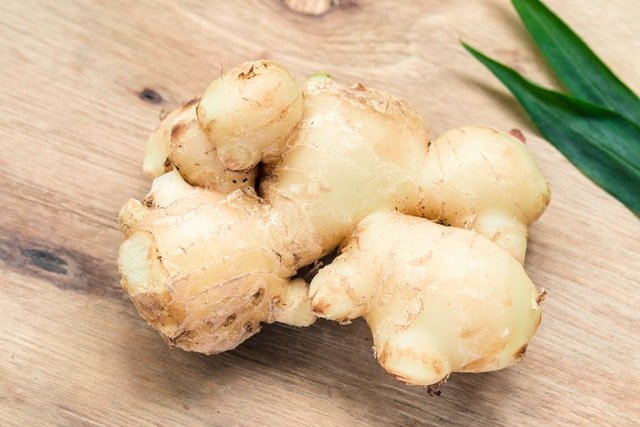Our website was created to provide you with the most effective way to season your steak. Different cuts of meat require different types of seasoning, and we have taken this into consideration when developing our steak salt recipe. You will find the ingredients listed below. All you need to do is decide how much of each ingredient you would like to add during the seasoning process.
For example, if you would like your steak to be seasoned more on the salty side, then add more table salt to your steak seasoning recipe. If you would prefer a more spicy steak, then add more red pepper flakes. Your personal tastes may vary, so we recommend adding a little bit at a time until you are satisfied with the flavor of your steak.
We have also provided some information about how these ingredients are used in a variety of recipes. This is not an exhaustive list; however, we hope that it will help you understand why these ingredients are so important for flavoring steaks and other cuts of meat.’
If you want to know how to season your steak, there are a few things you should know first. The process of seasoning your steak is simple and straightforward, but it does require your undivided attention and focus.
2. Rub the steak with one teaspoon of olive oil for every four ounces of meat, then rub in about a tablespoon of kosher salt. The oil will prevent the salt from clumping on the surface of the meat, and will allow it to penetrate more deeply into the flesh. Both the oil and the salt will help sear the outside while cooking to a perfect medium rare on the inside, so get ready to enjoy a great steak!
3. Sear your steak in a cast iron skillet over medium-high heat until it is nice and browned on both sides. If you don’t have a cast iron skillet, simply use a regular frying pan. If you’re using an electric griddle, preheat that as well until hot before adding your well-oiled steaks.
4. Remove your seared steaks from heat and let them sit for at least 3 minutes before serving to let all those delicious juices settle back into place inside. Don’t try to cut into them too soon or all those juices will come running out onto your plate
No matter what cut of meat you are using, whether it be a rib eye or a skirt steak, I promise that the next time you prepare your steak using this method, you will be pleasantly surprised.
The key is in the science behind the process: Meat contains an abundance of protein fibers called collagen. When these protein fibers are heated, they align themselves and shrink slightly. This makes the meat very tough and difficult to chew.
When you season your steak before cooking, you are forcing moisture into these protein fibers to loosen them up. The salt in the seasoning serves as a tenderizer and loosens up these fibers so that when the meat is cooked, it becomes more tender and juicy.
It is simple to do: Make sure your steak is dry by patting off any excess liquid with a paper towel then place your seasoned steak on a plate and place in the refrigerator for about 30 minutes before cooking to allow it ample time to absorb the seasoning.
Steak seasoning is an art. It should be simple, but it needs technique and practice to master. The thing is, you can make yourself a good steak with just salt and pepper. But if you want to go that extra mile, here are the steps.
Start by seasoning the steak right before you cook it. That way it will have a chance to settle into the meat.
Sprinkle on some table salt and freshly ground black pepper. Make sure your hands are clean and dry as you do this: your fingers will taste the meat if they’re not dry.
Also make sure not to over-season: if you use too much salt, it will be hard to season again later because of how salty it will be (though if you like it salty, that’s fine). Also don’t put too much pepper: the heat from the cooking process will intensify its flavor, so less pepper now means more pepper later.
Do this a couple of times at least an hour before cooking. Preferably even longer than that — overnight is great if you can manage it!
When you’re ready to cook, pat your steaks dry with paper towels so they won’t burn as easily on the grill or in your pan. Make sure they’re as dry
Here we have a very simple question – How to season your steak. There are many different ways to do this, but the simplest way is by using salt and pepper. Most people when they season their steaks use salt, pepper, and maybe some others. But they don’t take into account that the seasoning process is complex.
The purpose of seasoning your steak is to enhance its flavor and taste, so it’s always best to keep it as simple as possible. By doing this, you can also make sure that you are not mixing flavors and tastes which could make your steak taste bad.
What makes your steak seasoned well are the salt content on the surface of the meat, as well as the pepper content inside the meat. By simply pouring salt and pepper on your steak before cooking it will make your steak taste much better than if it was unseasoned.
There are many different ways to season your steak, but this is the most effective way since it works in many cases like if you want to season a big chunk of meat or just a small piece.”
Steak seasoning is becoming a new trend in the culinary world. Steaking has become standard, and is becoming a more popular way to prepare steak in many restaurants all over the world.
The seasoning of steak is an ancient tradition, with recipes going as far back as the Roman Empire. The Romans used to season their meat with salt and pepper, which were also the most common spices used to season steak during medieval times in Europe.
If you’re looking for the best meat seasoning, then you’re in luck! Here’s one of the most versatile meat seasonings that will leave a lasting impression on your taste buds! You can also use this seasoning for chicken, fish and even vegetables, just to name a few.
Tired of the same old steak, try this simple method to add some flavor and kick to your meal tonight.
Ingredients:
– tsp. garlic powder
– 1/4 tsp. dried oregano leaves
– 1/8 tsp. ground thyme
– 1/4 tsp. black pepper
– 2 tsp. paprika
Directions:
1) Combine all the ingredients in small bowl; mix well with fork until blended.
2) Place seasoning blend into a small airtight jar or plastic container and store in pantry or spice cabinet until ready to use.
3) Use 2 teaspoons of seasoning mixture per pound of meat.”


